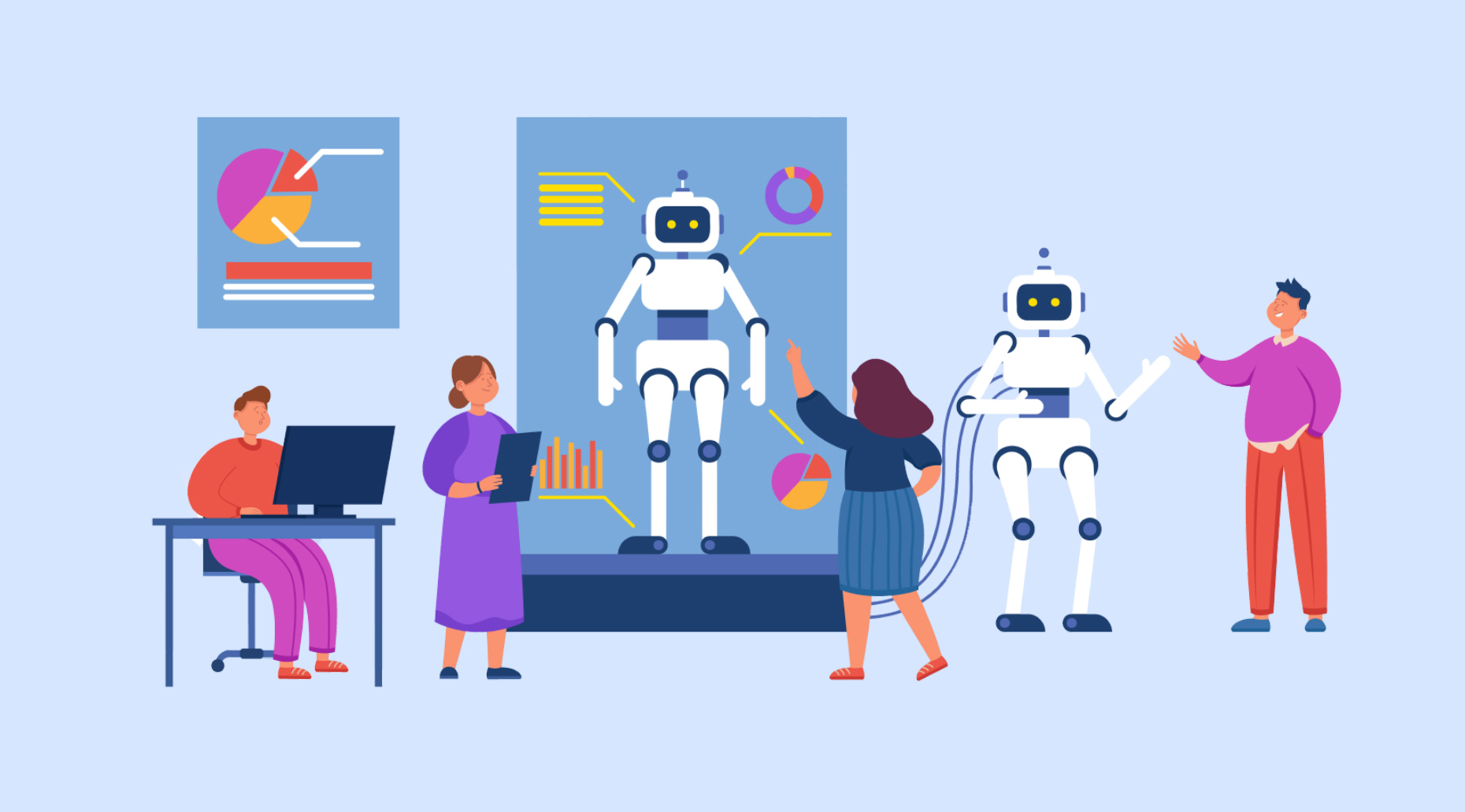ChatGPT
Navigating the Future: How AI-Enabled Smart Workflows Transform Customer Interaction
In the digital era, where customer interactions are the cornerstone of business success, AI-enabled smart workflows emerge as the compass guiding enterprises towards more focused and meaningful engagements. Here’s a closer look at how this innovative technology is reshaping the customer interaction landscape:
1. Personalization Redefined: AI, through its ability to analyze vast datasets, empowers businesses to tailor interactions based on individual customer preferences, behavior, and history. Smart workflows dynamically adjust content, creating a personalized journey for each customer.
2. Real-Time Decision Making: Smart workflows leverage AI algorithms to make real-time decisions, ensuring that customer interactions are not only timely but also contextually relevant. From product recommendations to issue resolutions, AI-driven decisions enhance the overall customer experience.
3. Proactive Issue Resolution: Anticipating customer needs becomes a reality with AI. Smart workflows can identify potential issues before they escalate, enabling businesses to proactively address concerns. This foresight enhances customer satisfaction and loyalty.
4. Omni-Channel Consistency: AI ensures a consistent brand experience across various channels. Smart workflows seamlessly integrate data and insights from different touchpoints, allowing businesses to maintain coherence in their communication strategy.
5. Efficient Query Handling: Chatbots, an application of AI in customer interaction, streamline query handling. By understanding natural language, chatbots efficiently address customer inquiries, freeing up human resources for more complex tasks and fostering faster response times.
6. Behavior Prediction: AI analyzes customer behavior patterns to predict future actions. Smart workflows use this predictive capability to preemptively suggest products, promotions, or solutions, contributing to higher conversion rates.
7. Adaptive Customer Journeys: Smart workflows adapt based on customer engagement patterns. If a customer prefers specific channels or interaction styles, AI ensures that subsequent interactions align with these preferences, creating a seamless and enjoyable journey.
8. Data-Driven Insights: AI-driven analytics provide businesses with actionable insights into customer behavior. These insights inform decision-making, allowing organizations to continuously refine and optimize their customer interaction strategies.
9. Scalability and Consistency: As businesses grow, AI-enabled smart workflows scale effortlessly. Whether handling a handful or millions of interactions, the consistency and quality of customer engagement remain intact, ensuring a uniform customer experience.
10. Continuous Learning and Improvement: AI learns from every interaction, adapting and improving over time. This continuous learning loop enables businesses to stay ahead of evolving customer expectations and market trends.
In conclusion, AI-enabled smart workflows represent a paradigm shift in how businesses approach customer interaction. By infusing intelligence into workflows, enterprises can forge deeper connections with customers, driving loyalty, satisfaction, and ultimately, business success in the dynamic digital landscape.




